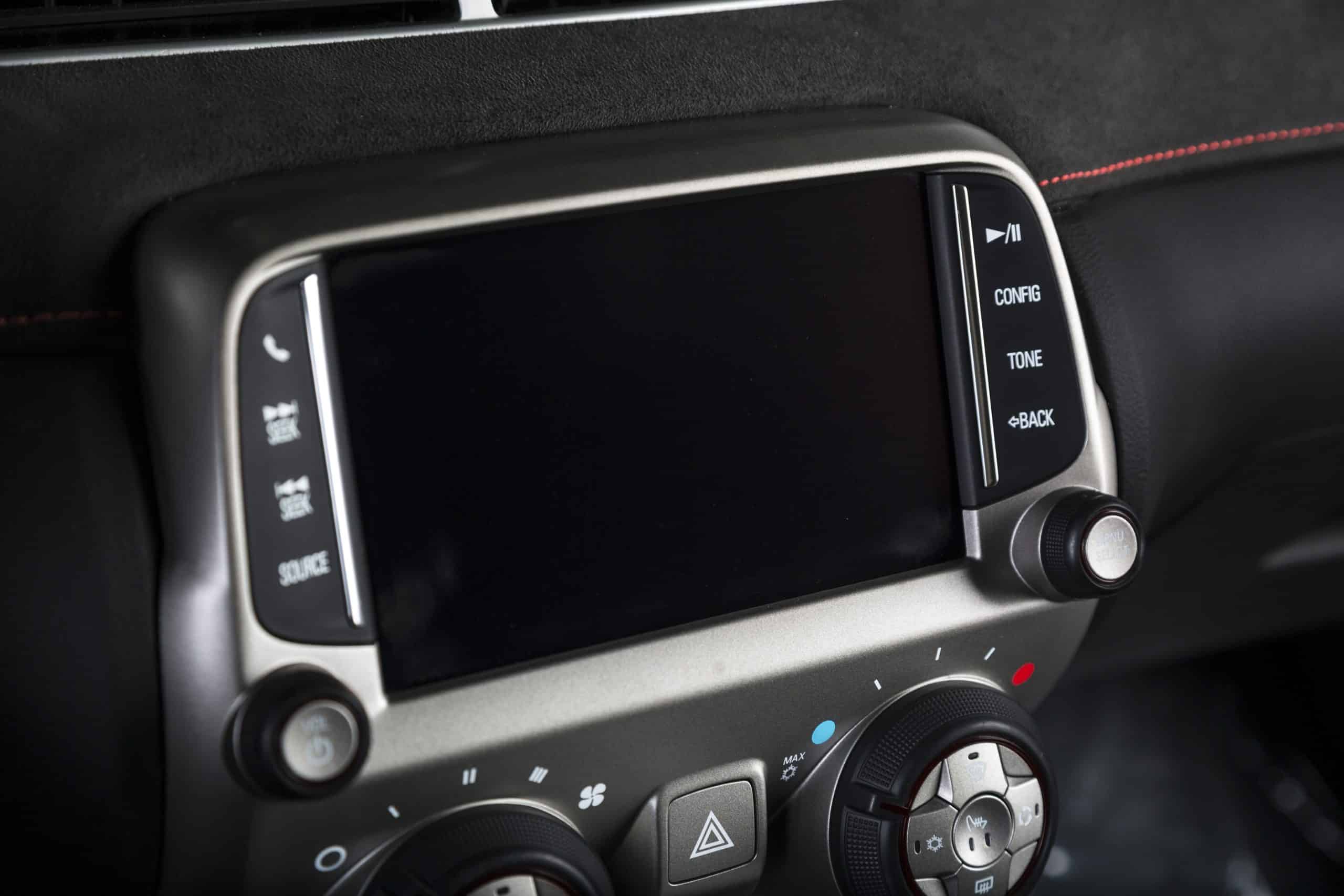What’s the Best Approach to Upgrading Your Vehicle’s Infotainment System for Modern Connectivity?

The evolution of technology has seen impressive strides in the automobile industry, particularly in the realm of in-car entertainment and information—commonly referred to as infotainment systems. These systems are no longer simply about tuning into your favorite radio station or playing a CD. Modern infotainment systems are about staying connected, staying informed, and enhancing your driving experience through features like CarPlay, Android Auto, GPS navigation, Bluetooth connectivity, and advanced audio systems.
However, if you own an older vehicle, you may feel a little left out with your outdated infotainment system. Thankfully, you don’t have to buy a brand-new car to enjoy these features. This article will guide you through the best approach to update your infotainment system and bring it into the modern age.
Also read : How Can You Enhance Off-Road Visibility with Strategically Placed LED Light Bars?
Understanding Your Current Infotainment System
Before considering upgrades, it is crucial to understand what your current infotainment system offers. Whether it’s a factory-installed unit or an aftermarket one, understanding its capabilities will help you determine the features you need and the best approach to make these updates.
Older cars often come with basic infotainment systems that might only offer radio and CD player functions. Some might have auxiliary input capabilities, enabling you to connect your device via a 3.5mm jack. However, this is nowhere near the functionality offered by modern infotainment systems in newer cars. Knowing what your system can, and importantly cannot do, is the first step towards deciding on the right upgrade for your vehicle.
This might interest you : Can Precision Engine Balancing Extend the Life and Performance of High-Mileage Vehicles?
Choosing an Android Auto or CarPlay Compatible Head Unit
One of the simplest ways to upgrade your vehicle’s infotainment system is by installing a new head unit that is compatible with Android Auto or CarPlay. These systems are designed to incorporate your smartphone into your vehicle’s infotainment system, offering several features like voice commands, GPS navigation, music streaming, and hands-free texting and calling.
Android Auto and CarPlay essentially mirror your phone’s screen onto the vehicle’s display, allowing you to control your smartphone and its apps through the head unit. They offer updates from your calendar, reminders, news, and much more. This level of connectivity significantly enhances your driving experience, ensuring you remain in touch even when on the move.
Upgrading to an Aftermarket Infotainment System
If you’re looking for more extensive upgrades, an aftermarket infotainment system might be the way to go. These systems are available in different forms, offering a wide range of features including touchscreen capabilities, advanced audio settings, DVD players, and even in-built Wi-Fi.
In addition, some aftermarket infotainment systems come with Android Auto and CarPlay built into them, thus offering you the best of both worlds. These systems are a significant upgrade over the factory-installed infotainment systems in older cars and are arguably the best way to modernize your vehicle’s connectivity.
Considerations for the Installation Process
While upgrading your infotainment system can be an exciting process, it’s important to consider the installation. Depending on the complexity of the system, you may need a professional to install it. This is particularly true if your new system has features that require additional wiring, like rear-view cameras or external amplifiers.
Before you make a purchase, ensure that the head unit will fit into your car’s dashboard. Some older vehicles may require an adapter to accommodate a newer, larger head unit. Additionally, consider the cost of the installation process as it can sometimes be quite expensive.
Regular Updates for Your Infotainment System
Once you’ve upgraded your infotainment system, it’s important to maintain it with regular updates just like you would with your smartphone or tablet. These updates usually include new features, bug fixes, and updates for better compatibility with newer apps and devices.
Neglecting these updates can lead to performance issues over time. Therefore, always ensure that you’re running the latest software version on your infotainment system.
In conclusion, while the task of upgrading your car’s infotainment system may seem daunting, the benefits are worth it. With modern connectivity at your fingertips, not only will your rides become more enjoyable, but you’ll also stay connected and informed at all times.
Steering Wheel Controls and Infotainment Systems
When it comes to upgrading your car’s infotainment system, it’s essential not to forget about steering wheel controls. These buttons are designed to keep your focus on the road while still being able to manipulate your infotainment system. Therefore, any new head unit or system should be compatible with these controls.
Many modern infotainment systems, such as Android Auto or Apple CarPlay, seamlessly integrate with steering wheel controls. This allows you to answer or end calls, control your music, and even activate voice commands without taking your hands off the wheel. However, compatibility can vary between different cars and systems.
Older cars, in particular, may face compatibility issues. If your vehicle’s steering wheel controls use a proprietary system that isn’t standard, you may need an adapter to retain functionality when upgrading the infotainment system. Some car manufacturers, like Ford, have their own infotainment systems, such as Ford Sync, which may necessitate additional compatibility considerations.
Consequently, ensuring your new infotainment system supports your car’s steering wheel controls is crucial for a seamless and safe driving experience. Furthermore, if you’re unsure about the compatibility, it’s advisable to consult an expert or request a free quote from a professional installer who can guide you through the process.
Conclusion: A Worthwhile Upgrade
Embracing modern technology and upgrading your vehicle’s infotainment system can greatly enhance your driving experience. Whether you choose to install a CarPlay or Android Auto compatible head unit or opt for a fully integrated aftermarket system, the benefits are significant.
From voice-controlled GPS navigation to hands-free texting and calling, these upgrades allow you to stay connected, informed, and entertained on the road. Furthermore, by integrating these systems with your steering wheel controls, you can ensure a safer driving experience while enjoying all the perks of modern connectivity.
However, an upgrade isn’t just a one-time affair. Keeping your infotainment system updated with the latest software updates is crucial for maintaining its performance and compatibility with your smartphone and apps. Just like your phone, your infotainment system needs regular updates to ensure it continues to function optimally.
In short, upgrading your car’s infotainment system is a worthwhile investment. With this guide, you’re well-equipped to make an informed decision and bring your vehicle into the modern age of connectivity. Remember, the goal is not just to upgrade, but to enhance your driving experience significantly. So, make the leap and enjoy the journey.
